Top 10 Tips for Keeping Your Dog Summer Safe
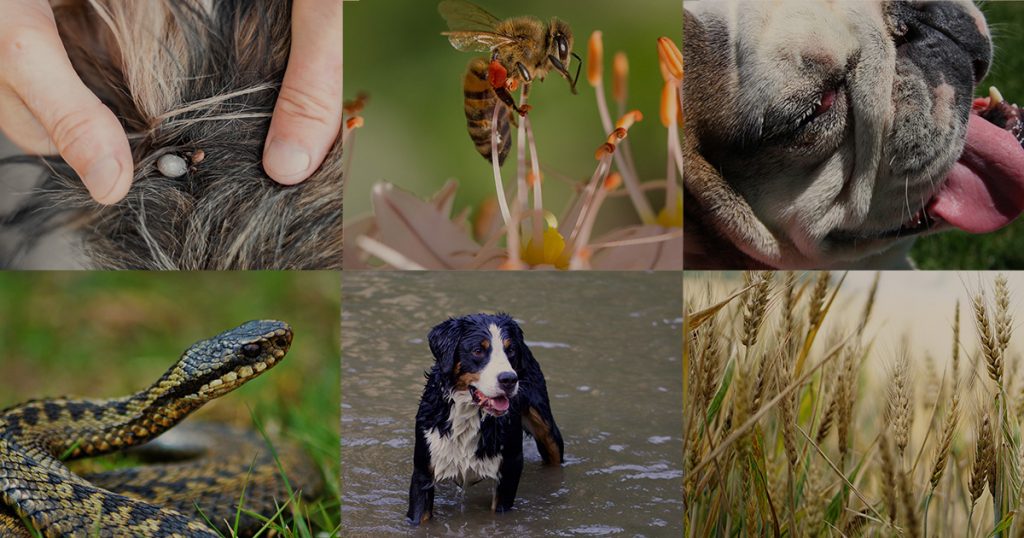
Summer is a fantastic time for enjoying being outdoors with your dog but there are lots of potential hazards both in the garden and further away from home. Here are a few tips to help prevent problems and know how to deal with first aid emergencies.
1. Adder Bites
Get a robust cat-bell fitted to your dog’s collar to prevent venomous adder bites: Adders are more active during the warmer months. They tend to dwell around sand dunes, rocky hillsides, moorland and woodland edges but usually only bite in self-defence. Before taking them for walks in these types of environment, consider getting a bell fitted to your dog’s collar as this alerts the snake to your dog’s approach, causing them to retreat and hide and so lessens the possibility of them mounting an attack.
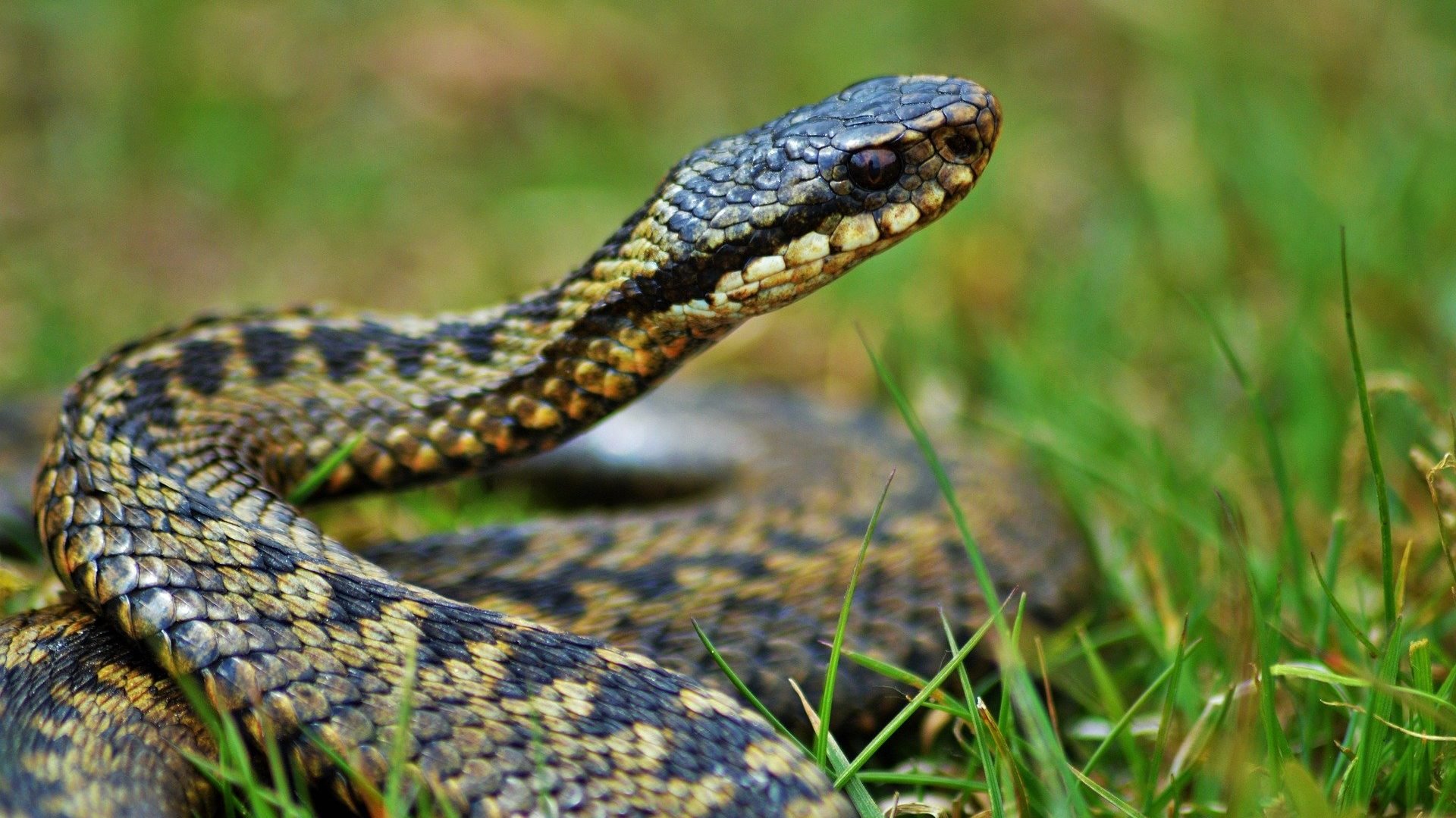
First Aid – What to do if your dog gets bitten by an adder?
- Place a cold compress/ ice-pack on the bite site to reduce pain and inflammation
- Apply a supportive bandage to reduce swelling
- If possible, carry the dog to your vehicle or encourage them to slow down by putting them back on their lead
- Although bites are rarely fatal they can cause pain and make a dog ill so prompt veterinary treatment is important
2. Grass Seeds
Prevent grass seeds from getting stuck in paws, eyes or ears by avoiding walks through long grass meadows and crop fields: This is an extremely common problem during the summer months especially in breeds with hairy ears and feet. These tiny arrowhead like seeds can penetrate the skin and sometimes can even keep travelling to other areas of the body, including internal structures. Sudden, violent shaking of the head, rubbing at the eyes, chewing at the feet, sneezing, lameness and swelling between the toes are just some of the signs to look out for. As a precaution regularly check your dog for grass seeds following a walk, especially their ears and between the toes.

First Aid – What to do if your dog gets a grass seed stuck?
- Swellings between the toes and pads can be bathed in sterile, tepid water.
- If you can see the end of the grass seed protruding, use tweezers to gently remove it in the direction it entered and flush the site with plenty of sterile water
- Never use tweezers in or around eyes and ears
- Always consult your local vet if you suspect your dog may have a grass seed stuck
3. Heatstroke
Keep your dog cool to prevent hyperthermia (heatstroke): High temperatures can cause heat stress and be fatal so always provide plenty of water and shade. Better still keep your dog indoors in a cool location. Cooling mats are an ideal way of keeping them cool and comfortable although ice packs laid under a thin layer of bedding is a cost effective alternative. Exercise sessions can turn in to a medical emergency so either skip the walk or take them out very early in a morning or later in an evening when it’s not so hot.
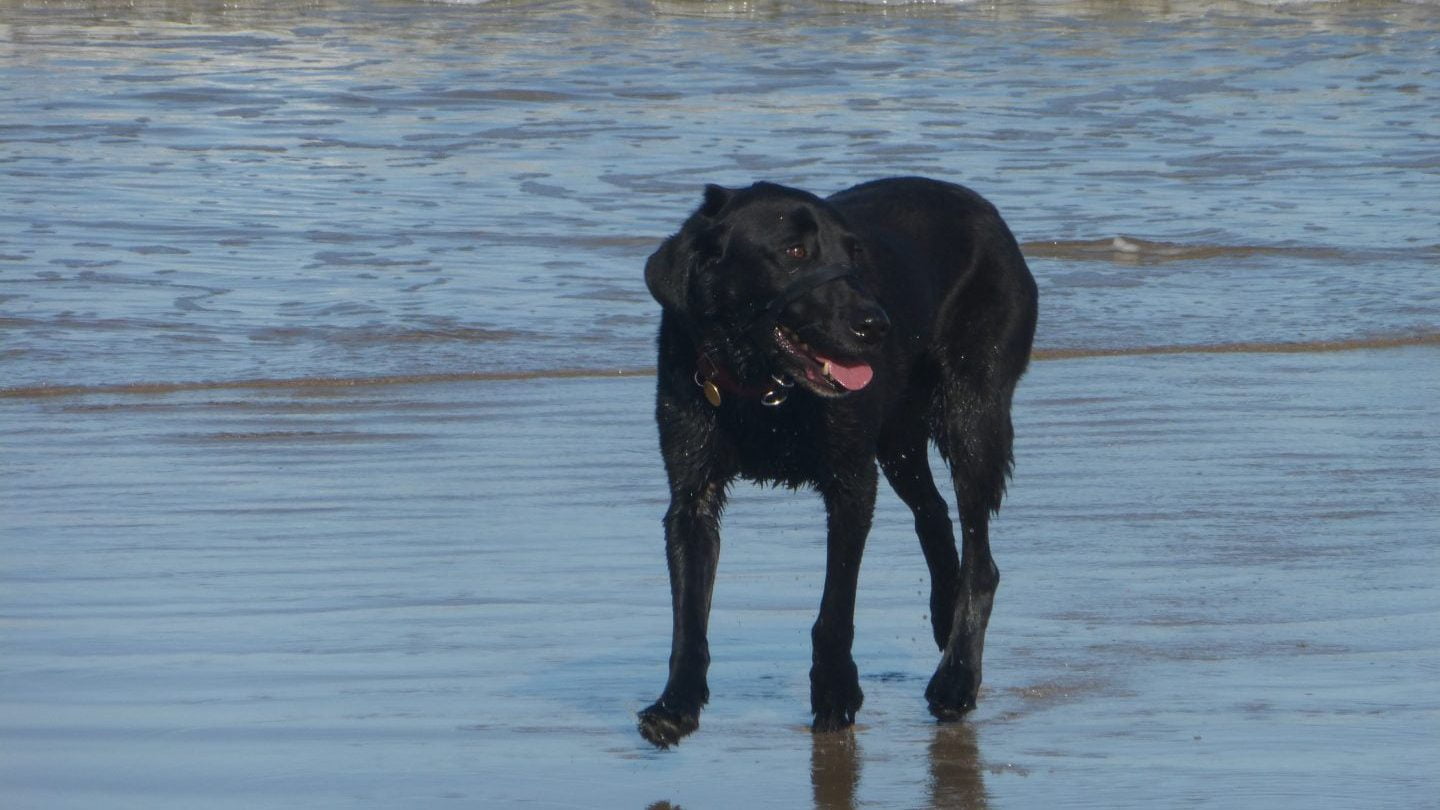
First Aid – What to do if your dog gets heatstroke?
- This is an emergency so seek immediate veterinary attention
- Dogs cooled by their owners, before arriving at the veterinary clinic, have a better survival rate. Cool your dog down by running cool, tepid water over their entire body and head (e.g. a shower head or hose on sprinkle setting) but do not submerge them.
- Turn the air conditioning on to the coolest setting whilst transporting them to the veterinary clinic
4. Burned Footpads
Do the pavement test: Avoid hot pavements as footpads easily burn on heated roads, pavement and sand. Test the surface with your hand before walking your dog in the heat of the sun.
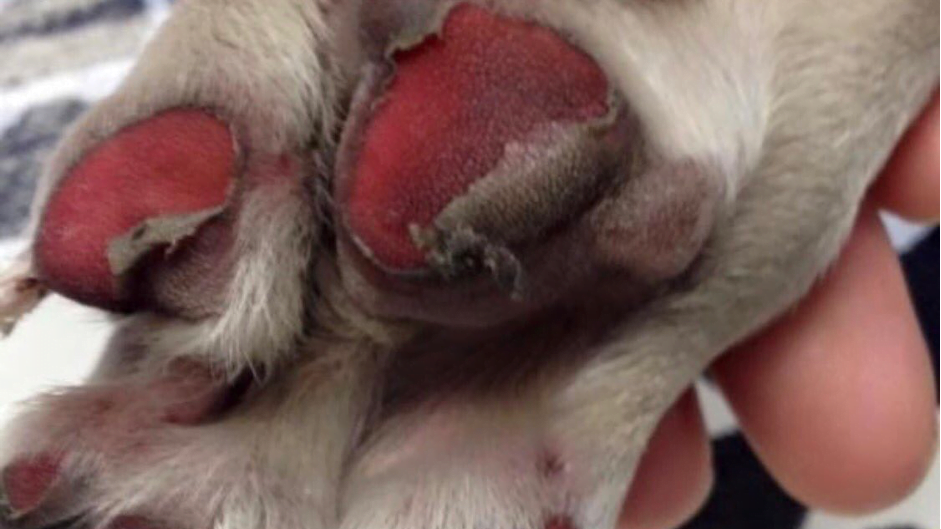
First Aid – What to do if your dog gets burned footpads?
- Cool the pads down by running cold water on the affected part
- Place a sterile dressing and a temporary foot bandage to prevent infection
- Burns are very painful and can become infected so seek prompt veterinary attention
5. Bee Stings
Bee and wasp stings can be prevented in a similar fashion to that of adder bites. However teaching your dog a good, solid recall cue is a good idea so that you can control their movements. For youngsters, puppy-lines can help back up a recall cue.
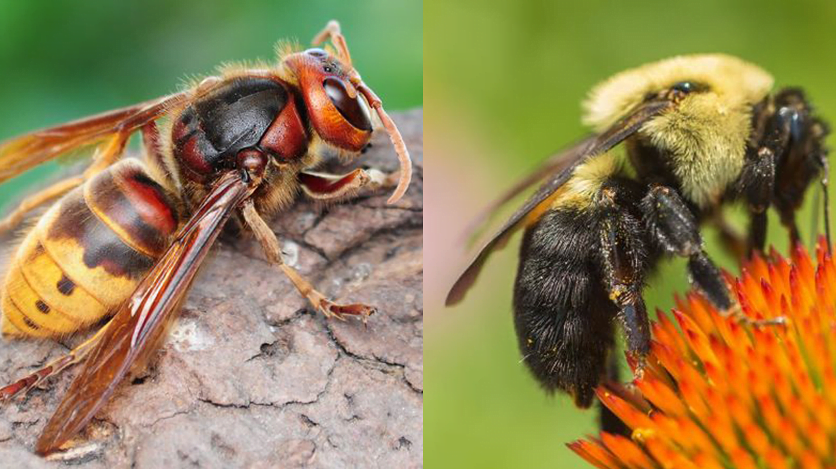
First Aid – What to do if your dog gets a bee or wasp sting?
- Bee stings can be scraped off using a credit card (but only immediately after they have penetrated the skin). Otherwise tweezers can be used to remove the sting
- Always make sure the sac containing the sting isn’t squeezed as this can empty the contents in to the skin
- Apply a cold compress or ice pack on the affected area to reduce pain and inflammation
- Stings in the mouth or throat can swell and occlude the airway so prompt veterinary attention is essential
- Some dogs can suffer from something called anaphylactic shock which is a first aid emergency. Carefully monitor them and if you notice any lethargy, collapse or any other abnormalities, seek veterinary attention asap
6. Drinking Open Water
Prevent your dog drinking from ponds, puddles and seawater: As tempting as it is for your dog, ponds and puddles can contain dangerous algae, parasites and bacteria, some of which can be life threatening or lead to gastro-intestinal upsets. Also the salt contained in seawater can alter the body’s internal fluid balance and make a dog extremely ill.
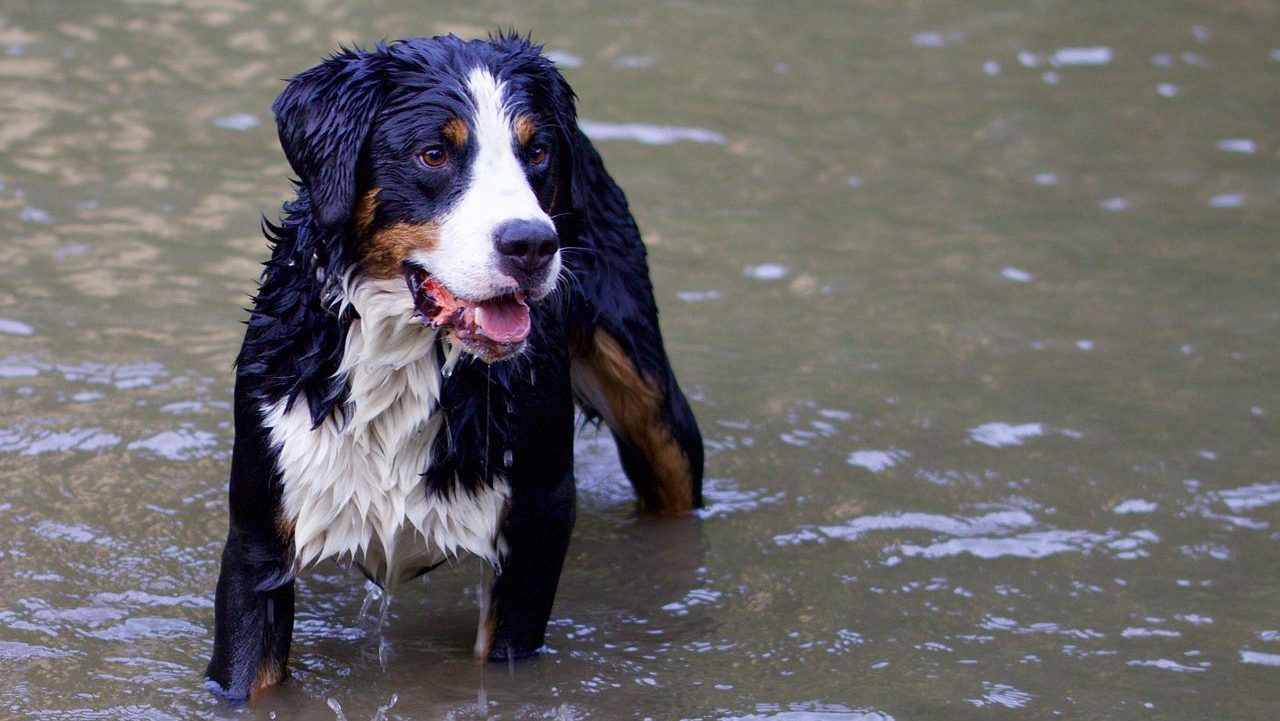
First Aid – What to do if your dog has vomiting and diarrhoea after ingesting open water?
- It doesn’t take long before a dog becomes rapidly dehydrated which can lead to fatalities. Prompt veterinary attention is therefore essential
- Blue-green algae and drinking large quantities of seawater is life-threatening – don’t delay seeing your vet!
7. Ticks
Use a sheep tick remover that effectively lifts out the mouth-parts: Ticks should be removed as quickly and efficiently as possible to reduce localised swelling, infection and the emergence of Lyme disease. Also speak to your vet about using an anti-parasite preparation as a prevention.
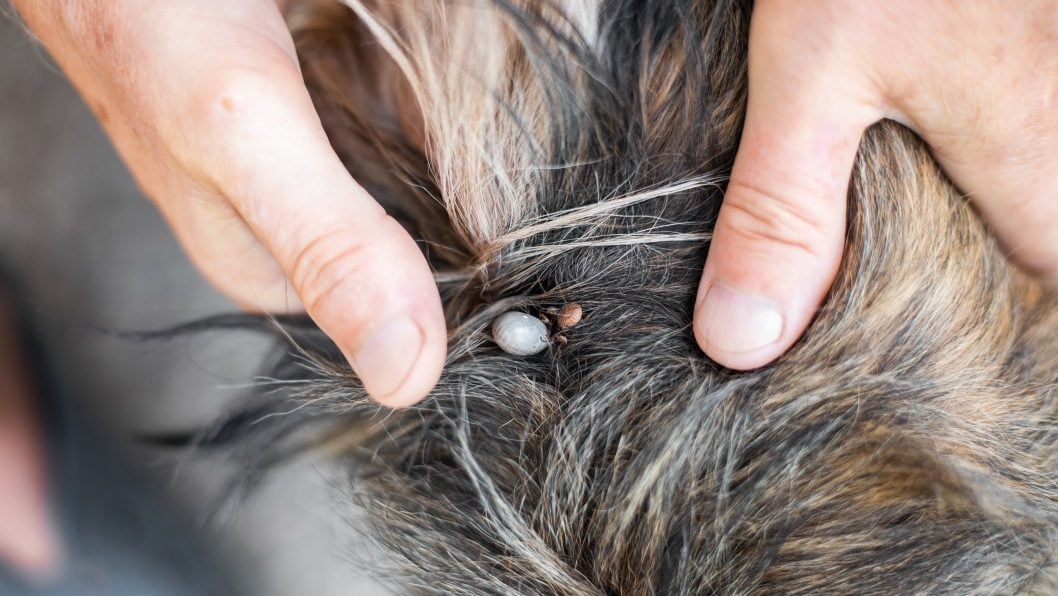
First Aid – What to do if your dog has a sheep tick attached?
- Wearing gloves, use a suitable tick remover as soon as possible to make sure all the mouthparts are safely lifted out
- Flush the area with sterile saline
- If the area appears red and inflammed apply a cool compress or ice-pack
- Seek veterinary attention if you have any concerns
8. Stay Alert
Stay alert and save a life: When out and about be observant. If you see a dog in distress, take action.
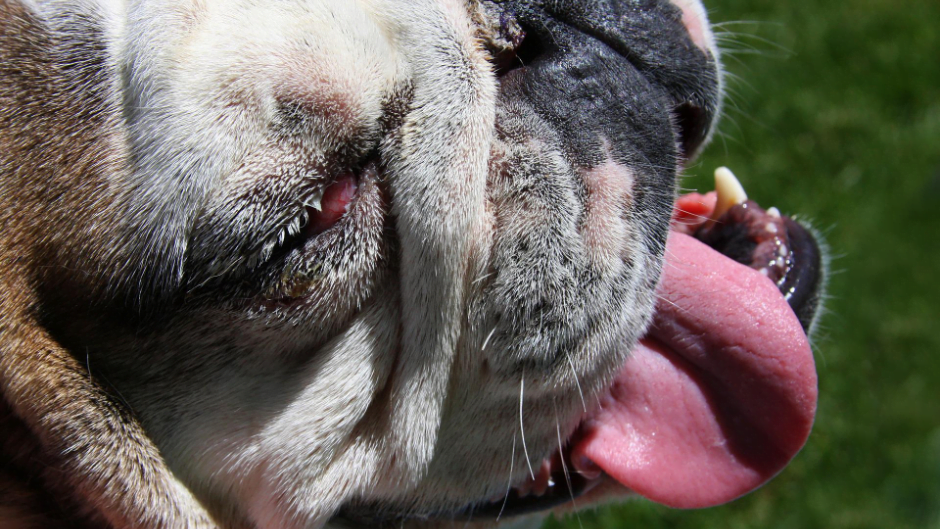
First Aid – What to do if I see a dog in a car in the hot weather?
- Give the dog immediate relief by moving them to the shade, providing water and, if necessary, follow guidance for heatstroke
- If they are trapped inside a car they can succumb to heatstroke within minutes and should be removed rapidly.
- In these circumstances the RSPCA recommends calling 999 because, strictly speaking, only the police have the power to force entry.
9. Learn Life-Saving Techniques
Learn some canine life-saving techniques: Being trained to deal with canine first aid situations not only helps saves lives it gives you greater confidence if your dog suffers from an accident or injury.

First Aid – What to do if I want to learn canine first aid?
- Find a course provider that has direct experience and relevant qualifications in canine first aid
- Ensure the course is veterinary approved and has been externally accredited by an independent body
- Decide whether you would like an in-person course or prefer the flexibility of an online programme
For details of my course/s see https://petcourses.co.uk/courses/certificate-in-canine-first-aid/
10. Get a Dog First Aid Kit
Make sure you have a well-stocked and accessible doggy first aid kit: Having the correct items to hand saves time and means that you can be more efficient in dealing with the first aid situation.
First Aid – What items should I include in my doggy first aid kit?
As a minimum the following items should be included:
- Bandages
- Sterile, non-adherent dressings
- Disposable gloves
- Sterile saline for flushing wounds
- Foil life blanket
- Tweezers
- Ice packs
- Tick removers
- Don’t forget to include your vets emergency telephone number
ALL these items and lots more are included in my handy first aid kits available here today at the SPECIAL PRICE of £22 with coupon SHOWSPECIAL(Normal retail price £25.00).
-
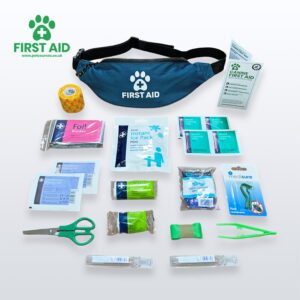 The PET First Aid Kit£25.00 + FREE UK DELIVERY
The PET First Aid Kit£25.00 + FREE UK DELIVERY
NB These first aid tips do not replace veterinary advice or attention. In ALL cases contact your vet.